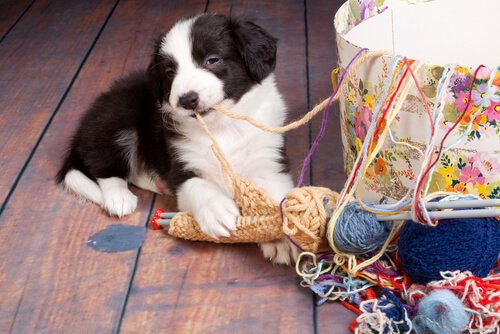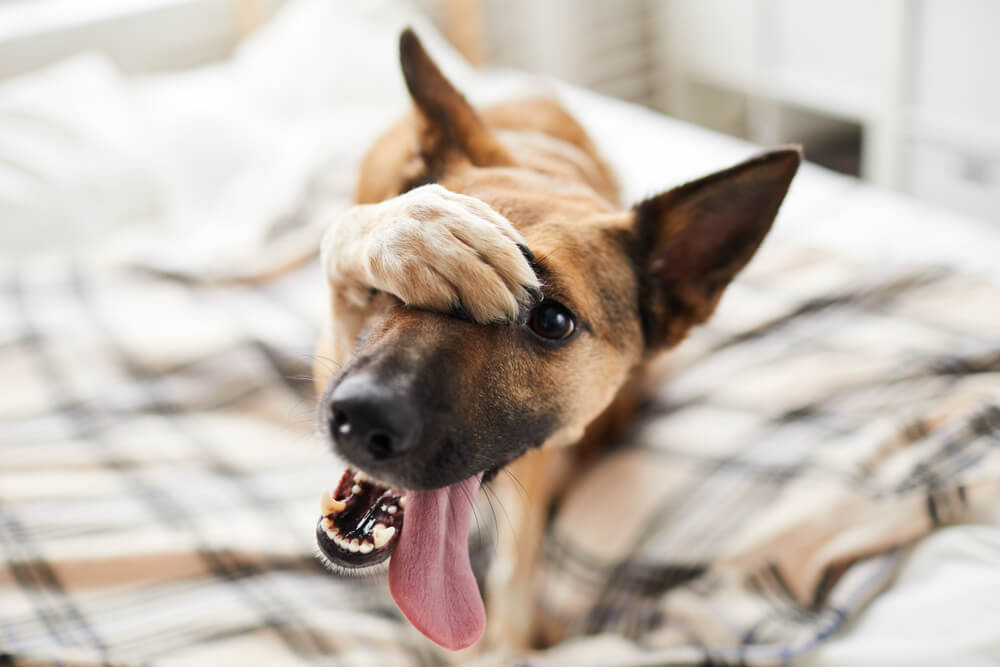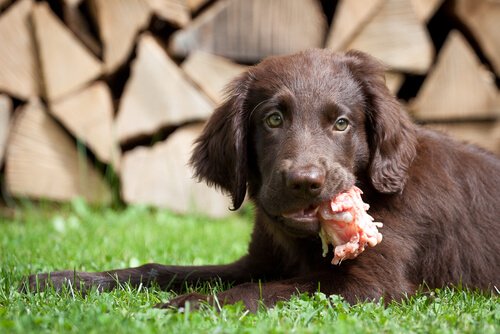7 Household Accidents That Could Harm Your Dog

You might think your home is the safest place for your dog, but if you haven’t taken all the proper safety measures, it could still be dangerous. Today, we’re going to tell you about some of the most common household accidents that could end up harming your dog.
Keep your dog safe from household accidents

Our little furry friends, especially when they’re still puppies, are very curious, restless, and eager to explore all the hidden corners in your home. Household accidents could happen with your dog at anytime and anywhere, especially in the yard and kitchen.
It’s important to prevent accidents from happening in the first place. Try your best to do so because some of these things could threaten your dog’s life.
All kinds of accidents could happen in your house if you don’t take the necessary precautions.
1. Poisoning
This is one of the most common household accidents with dogs. There are lots of potential causes, including:
- Ingesting foods that aren’t a natural part of their diet and causing gastroenteritis. They’re experts at rifling through trash and pantries when you don’t close them all the way. This is why the kitchen can be such a dangerous place for dogs: chocolate, onions, bones, etc…
- Swallowing objects made with toxic substances.
- Eating poisonous plants that could be growing in your yard. This includes hydrangeas, oleander, rhododendron, and poinsettias.
- Pesticides you spray in your garden to keep your plants alive.
- Cleaning products like bleach and soap.
- Antifreeze. Dogs like it due to its sweet flavor. However, it’s usually fatal for them if they don’t get immediate treatment.
2. Ingesting objects that cause obstructions
Dogs love to put all kinds of things in their mouth and chew on them. But if they’re very small or break easily, your dog could end up swallowing all, or part of them.
This happens often with things like toys, stockings, shoes, pacifiers, bones, sticks, or even cell phones and remote controls. If any of these things make it to their intestines, they can cause obstructions or, if they have sharp edges, could puncture their intestinal lining.
3. Choking
This is similar to the last point. The same kinds of things that can cause intestinal obstructions could also get stuck in your dog’s throat. If this happens, they could choke.
4. Electrocution
This generally happens if a dog bites or chews on electrical cables, which generally causing severe burns.
5. Falling
A dog with open access to a balcony or terrace without railings could fall off the edge and fracture their bones, or even die in some cases.
6. Injuries
Dogs can easily injure themselves with things around the house. For example:
- Scissors left out on a table.
- Broken glass if you didn’t manage to sweep it all up.
- Tools left out in the yard.
7. Burns
It’s best not to let your dog be in the kitchen while you’re cooking or preparing something hot. If anything spills or falls onto it, it could cause first, second, or third-degree burns.
Tips on how to avoid household accidents with your dog
If you want to prevent these things from happening, then follow our advice:

- Keep toxic foods and swallowable objects out of your dog’s reach.
- Find out what plants are poisonous for dogs and remove them from your yard.
- Make sure you have tightly sealed/closed off any containers or bottles with toxic substances in them.
- Put up the proper protection measures on balconies and terraces.
- Keep your dog away from sharp objects and tools.
- Tuck electrical wires behind furniture or under carpets. You can also buy a wire protector.
If you weren’t able to prevent an accident, then you should take your dog right to the vet. If you think your dog ingested something toxic but aren’t sure what it is, make sure to save a sample of their vomit to show it to the vet.